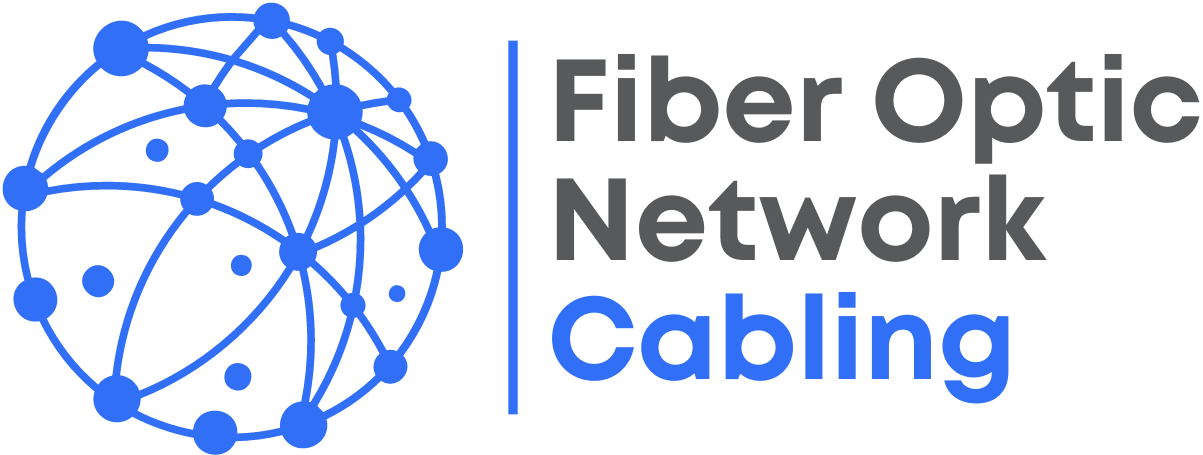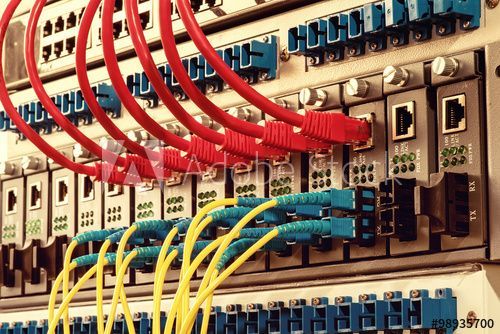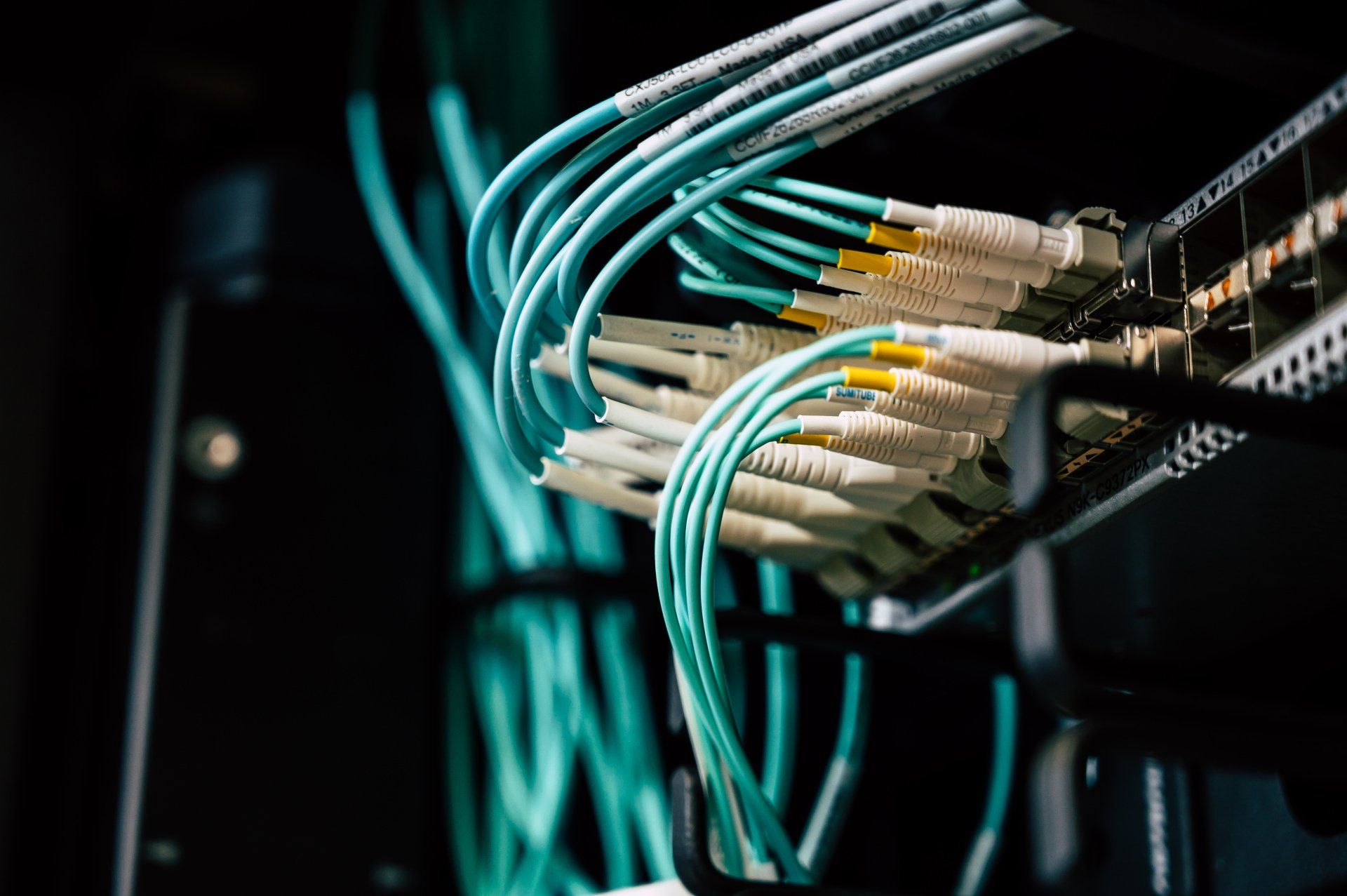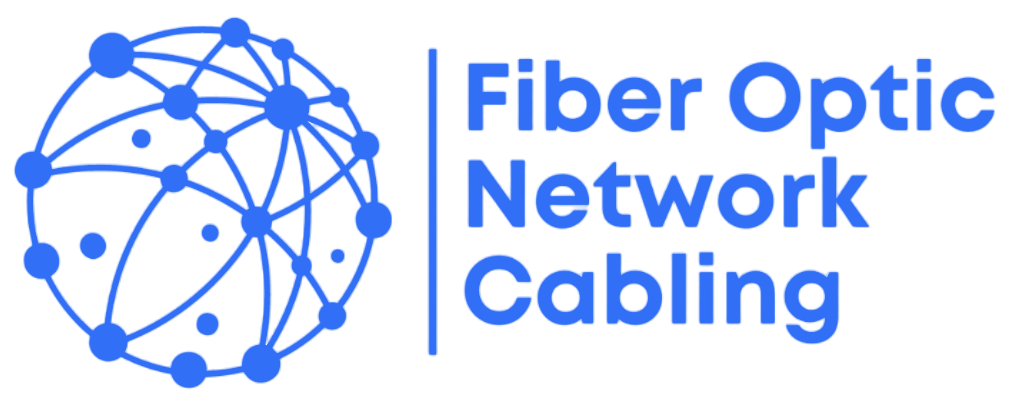Fiber Optic Network Cabling
How Does Fiber-Optic Cable Bandwidth Work?
How Does Fiber-Optic Cable Bandwidth Work?
Are you planning on upgrading to a fiber optic network? One of the main benefits of doing so is improved bandwidth for your communications. But how exactly does fiber optic cable bandwidth work and why is it better than copper cabling? This guide will break down the details.
What is bandwidth?
Before we get into the nitty-gritty of how fiber optic bandwidth works, let’s start with a broad definition of what the term ‘bandwidth’ means. Bandwidth is the amount of data that can be transferred from one point to another in a given period – usually measured in seconds. The higher the bandwidth, the more data will be transferred in the allotted time.
This is important for activities like video conferencing and file sharing, where large amounts of data need to be transferred quickly for the conversation or file to remain uninterrupted.
Is bandwidth different from internet speed?
Bandwidth is frequently confused with internet speed, but the two terms are not interchangeable. Internet speed is the rate at which data is uploaded or downloaded from your device to the internet, while bandwidth is the amount of data that can be transferred.
How is fiber optic bandwidth measured?
Bandwidth is one of the most important measurements to consider when determining the quality of a network, as it ultimately tells you how efficient you can expect your connection to be. In a fiber optic network, bandwidth is measured by how many gigabits per second or Gbps your data can be transferred through the cables. For example, a network with a bandwidth of 100Gbps can transfer 100 gigabits of data per second.
Your network will have a theoretical maximum bandwidth which refers to the highest data transmission rate you can expect under ideal circumstances. However, the effective rate is a more realistic measurement of bandwidth – this will tell you how much traffic your network can reasonably support.
What is the maximum bandwidth for fiber-optic?
The current maximum bandwidth for fiber-optic cabling is 100Gbps. But research is being done to try and increase both speed and bandwidth even further. In 2021, Japanese scientists set a new world record by developing a four-core optical fiber achieving record-breaking speeds of 319 terabits. This is approximately 7.6 million times faster than the average internet speed in the US.
What’s the difference in bandwidth between fiber and copper cables?
Now we know how fiber optic bandwidth is measured, let’s compare it to the more common copper cabling. One of the biggest benefits of fiber optics is that they can carry much more data than copper cables – up to 1,000 times more. This is because the signals sent through fiber optic cables are pulses of light, which can travel both further and faster than electrical signals.
Copper cables are also more susceptible to interference from factors like electrical equipment and bad weather conditions. This interference can cause the signal to degrade, resulting in a loss of data and slowing down the data transfer speed.
What’s the difference between single and multimode fiber optic cable bandwidth?
Fiber optic bandwidth works slightly differently depending on the type of fiber cable you’re using. The two main types of fiber optic cables are single-mode and multimode.
Multimode fiber has a larger core, which allows multiple light signals to be sent simultaneously. This results in a higher bandwidth than single-mode fiber. However, multimode fiber is limited in the distance it can transmit data – it can only send signals a short distance.
On the other hand, single-mode fiber has a much smaller core and can only send one light signal at a time. This may sound like a disadvantage, but the result is that the data can travel a much longer distance.
How does transatlantic fiber optic cable bandwidth work?
Fiber optic communication cables bring global networks together, allowing us to connect with people all over the world. But how does this work? As the data in fiber optic cables is converted into light pulses, these can travel long distances without losing any data. This is why fiber optic cables are often used to connect different continents – they can send large amounts of data quickly across oceans and countries.
But how does this cabling work in practice?
Undersea fiber optic cabling is also used to connect different continents. The longest undersea cable is the SEA-ME-WE-3, at almost 39,000km long. This cable system uses two fiber pairs which each carry 48 wavelengths of 10Gbps. This vast cable can send data from Japan to the UK in just 0.35 seconds – that’s faster than the blink of an eye! So, as you can see, fiber optic cables play a vital role in global communication. By understanding how they work, we can understand how we manage to stay connected with people worldwide.
Arrange a fiber optic bandwidth consultation
If you have questions about fiber optic cable bandwidth or wish to discuss an installation in more detail, we can help. Get in touch with The Network Installers today to obtain a free, no-obligation quote.
Related Articles:
- https://community.fs.com/article/the-bandwidth-and-window-of-fiber-optic-cable.html
- https://enterprise.spectrum.com/support/faq/internet/why-is-the-bandwidth-of-optical-fiber-high.html#:~:text=Fiber%2Doptic%20bandwidth%20is%20high,nearly%20the%20speed%20of%20light.
- https://physics.stackexchange.com/questions/56240/maximum-theoretical-bandwidth-of-fibre-optics
Recent POsts
Read Our Blog
Fiber Optics Cabling
Fiber Optics Cabling
FIBER OPTIC NETWORK CABLING
Find the best solution for your business.
Request a free consultation today and improve your network tomorrow.





